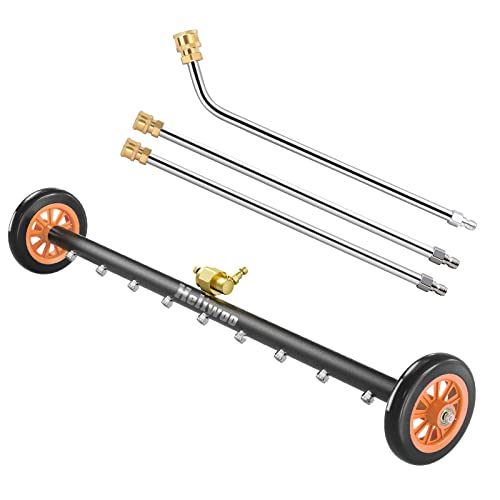

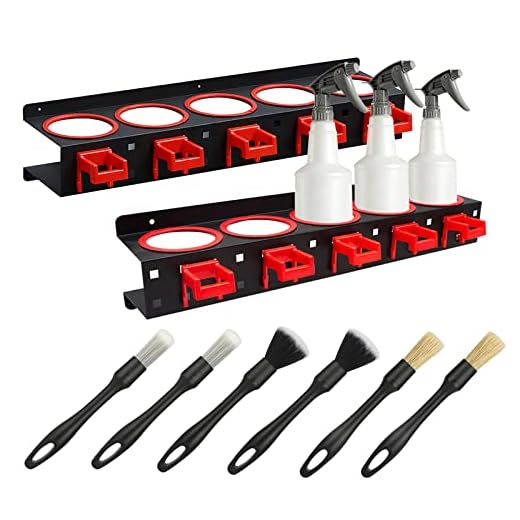

Absolutely, high-pressure cleaning apparatus can efficiently revitalise a vehicle’s exterior. However, it’s crucial to employ the correct technique and settings to prevent damage to delicate components and finishes.
Firstly, always opt for a model that allows for adjustable pressure settings. A lower pressure, typically around 1200 to 1900 PSI, is most suitable for automotive finishes. This ensures that grime and dirt are effectively removed without risking scratches or chipping the paintwork.
Additionally, maintain a safe distance of at least two feet from the surface when operating the device. This practice helps mitigate the impact on the paint and protects sensitive parts like lights and trim. Utilising a wide-angle nozzle also aids in dispersing water evenly, reducing the likelihood of concentrated blasts that could harm paintwork.
Incorporating appropriate detergents designed specifically for automotive applications can further enhance the cleaning process. Always check the manufacturer’s recommendations for the vehicle’s surface and the cleaning solution to maximise effectiveness while ensuring safety.
Effective Techniques for Cleaning Vehicles with High-Pressure Equipment
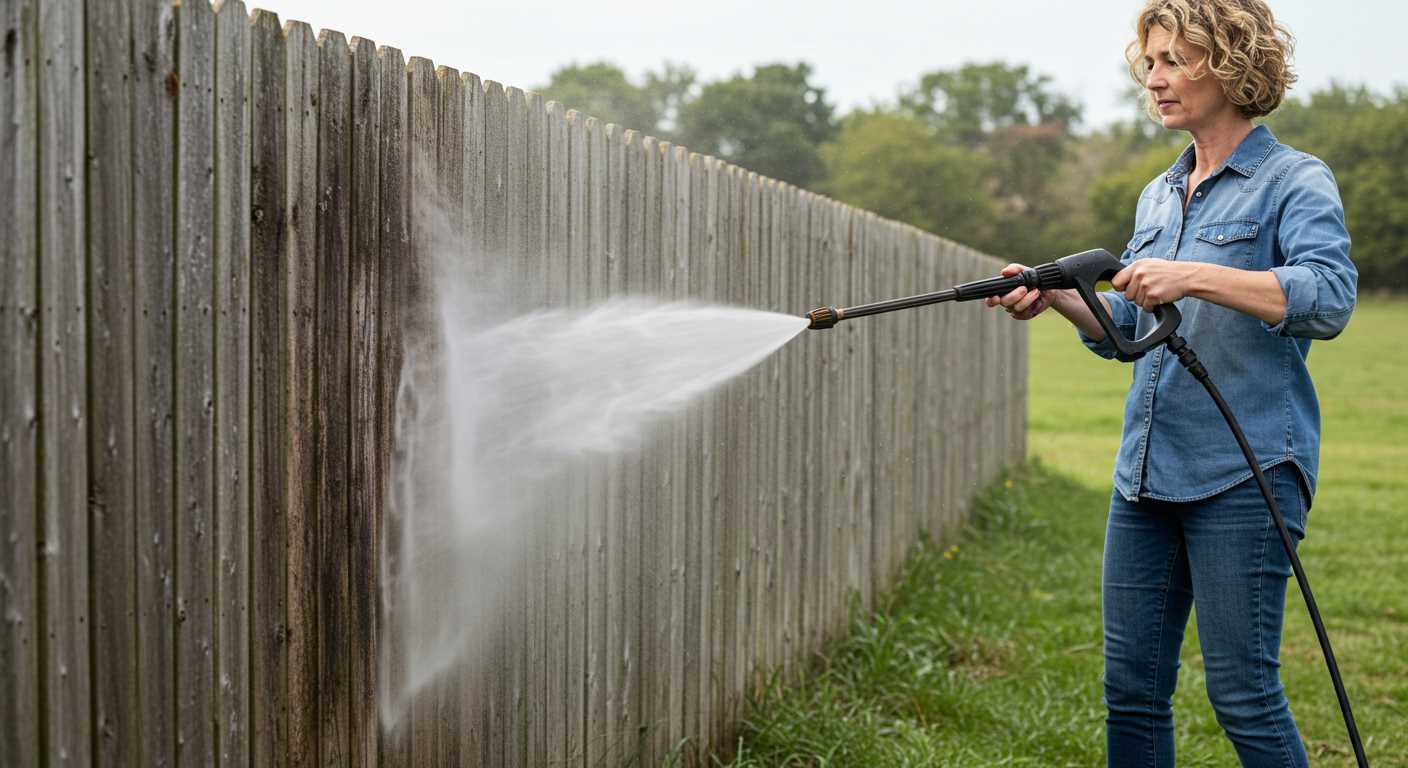
Employing high-pressure equipment on a vehicle is advantageous; however, specific techniques ensure the best outcome without causing damage. Commence by selecting the appropriate nozzle; a wide-angle option disperses water effectively while minimising risk to delicate surfaces. Steering clear of narrow jets is advised, as these can create concentrated force that may harm paintwork or cause scratches.
Maintain a distance of at least two feet from the surface while applying water. This distance lessens the risk of chipping paint or dislodging any components. Begin spraying from the top and work downwards, allowing debris and dirt to be dislodged without risking any streaking or buildup on lower sections.
Key Precautions
Before initiating the cleaning process, ensure that all windows and doors are securely closed. This precaution prevents unwanted water ingress into the interior. Additionally, stay mindful of sensitive components such as electrical connections, which can be affected by direct exposure. A gentle approach is wise; targeting areas such as wheel arches and undercarriages requires careful attention to prevent any damage.
Finishing Touches
After rinsing off, a hand wash using a suitable car shampoo enhances the clean while protecting the vehicle’s finish. Follow up with a thorough rinse to remove any remaining soap. Drying the surface afterwards with a microfibre towel prevents water spots and contributes to a polished appearance. Regular maintenance using this method prolongs the life of the vehicle’s exterior, ensuring it remains in optimal condition.
Understanding Pressure Washer Specifications for Car Cleaning
Opting for a suitable cleaning device for vehicles requires attention to key specifications. The following criteria help determine effectiveness without risking damage.
- PSI (Pounds per Square Inch): Select a unit with a range of 1200 to 1900 PSI. Higher settings can damage paint and trim.
- GPM (Gallons per Minute): Aim for 1.2 to 1.5 GPM. This volume strikes a balance between thorough cleaning and water conservation.
- Nozzle Type: Choose a fan spray nozzle, preferably 25 to 40 degrees, to disperse water gently. Avoid zero-degree nozzles as they concentrate too much force.
- Attachment Options: Consider those with a foam cannon attachment. This allows using soap effectively without risking surface abrasion.
- Electrical vs. Gas Models: For occasional use, electric machines suffice. Gas-powered options suit frequent heavy-duty demands but often introduce more maintenance.
- Weight and Portability: A lightweight machine increases ease of movement. Look for models with wheels for better maneuverability around the vehicle.
Testing various machines highlights the need for personal preferences based on cleaning habits. Whenever deciding on a device for automotive upkeep, consider individual use cases for optimal outcomes.
Choosing the Right Nozzle for Safe Car Washing
Opt for a foam nozzle when tackling grime on your vehicle. This attachment distributes cleaning solution evenly, helping to lift dirt without harsh abrasion. The foam acts as a protective barrier, reducing the risk of scratches during rinsing.
For rinsing, select a 25-degree nozzle. This angle provides a safe balance between power and reach, ensuring you can clean areas without causing damage. A wider spray pattern disperses water gently, which is ideal for painted surfaces and delicate components.
A 15-degree nozzle can be an option for heavily soiled spots, like the undercarriage or wheel arches, where grime tends to accumulate. The narrower spray offers more pressure but approach these areas cautiously to avoid intensive surface damage.
Always maintain a distance of at least two feet from the vehicle while operating the nozzle. This distance helps prevent damaging effects while still delivering adequate cleaning force. Adjust your stance and nozzle angle to ensure thorough rinsing without compromising paint or trim.
Before engaging, conduct a test spray on an inconspicuous area. Verify the performance and adjust settings accordingly to find the optimal setup for your specific vehicle model.
Preparing Your Car Before Using a Pressure Washer
First, ensure that the vehicle is parked in a shaded area. Direct sunlight can cause cleaning solutions to dry too quickly, leading to streaks and spots on the surface. Next, inspect the exterior for any existing damage. Identify scratches, dents, or paint chips that could be exacerbated by the force of water. It’s advisable to have these areas professionally repaired before proceeding with high-pressure cleaning.
Remove all personal belongings and accessories from the interior, including floor mats and sunshades. For external elements like antennas and spoilers, detach or fold them down to avoid potential damage. Cover sensitive areas such as the exhaust, air intake, and electrical components with plastic bags to prevent water ingress.
Pre-rinse the vehicle with regular water to remove loose dirt and debris. This step reduces the risk of scratching the paint during the more thorough cleaning process. Additionally, ensure that any detachable body parts, such as wheel covers, are securely fastened or removed to optimise the cleaning outcome.
Check the cleaning product recommendations for compatibility with the materials used on your vehicle. Some materials may react poorly to certain chemicals, so selecting the correct soap for automotive finishes is key. Prepare the solution according to the manufacturer’s instructions for the best results.
Establish a clear plan for the cleaning process, including the order in which you will tackle different sections. Start from the top and progress downward, allowing heavy dirt to flow away from previously cleaned areas. With these steps in place, the vehicle will be in prime condition for thorough cleaning without risk of damage.
Techniques for Pressure Washing Different Car Surfaces
.jpg)
When tackling various surfaces of an automobile, specific techniques ensure effective cleaning while protecting the vehicle’s integrity. Here are the methods that have proven successful:
1. Painted Surfaces
Begin with a broad spray angle, ideally 25-40 degrees. Maintain a distance of at least 3 feet to avoid damaging the paint. Start spraying from the top, moving vertically downwards, ensuring consistent motion. Overlapping each pass mitigates streaks.
2. Glass and Windows
For glass surfaces, employ a 15-25 degree nozzle. Keep the lance at least 2 feet away to prevent breakage. Focus on the glass, maintaining firm control of the stream to clear dirt without leaving residue.
3. Wheels and Tyres
Utilise a narrower spray angle (0-15 degrees) for maximum pressure. Get up close, within a foot of the wheel surface, applying cleaning solution to enhance results. Rotate the nozzle around the wheel to ensure thorough coverage. Rinse from the inside out to remove grime effectively.
4. Undercarriage
For underbody cleaning, employ a wider spray angle and a dedicated undercarriage attachment if available. Getting under the vehicle safely should allow you to approach within 18 inches. Pay close attention to areas prone to dirt accumulation.
5. Plastic and Rubber Trim
On trim and plastic components, use a broader spray angle to avoid potential damage. Keeping a distance of around 2 feet will minimise the risk of dislodging trim pieces while effectively cleaning dust and debris.
| Surface Type | Nozzle Angle | Distance from Surface |
|---|---|---|
| Painted Surfaces | 25-40 degrees | 3 feet+ |
| Glass and Windows | 15-25 degrees | 2 feet+ |
| Wheels and Tyres | 0-15 degrees | 1 foot |
| Undercarriage | Wide angle | 18 inches |
| Plastic and Rubber Trim | Wide angle | 2 feet+ |
These techniques will help to maintain the appearance and condition of the vehicle while ensuring thorough cleaning, providing a satisfying finish without the risks associated with improper use of high-pressure cleaning systems.
Avoiding Common Mistakes While Pressure Washing Your Vehicle
Maintain a safe distance from the surface to prevent paint damage. Keep the nozzle at least 2-3 feet away to minimise risk.
Incorrect Nozzle Selection
- Selecting a nozzle with too narrow a spray can cause scratches; opt for a wider fan pattern.
- Avoid using the zero-degree nozzle directly on the paintwork, as it can strip clear coat.
Using Excessive Pressure
- Always choose a lower PSI setting suitable for automotive cleaning–between 1200 and 1900 PSI is ideal.
- Adjust pressure according to the surface; softer materials like trim and plastic require less intensity.
Ineffective Pre-Cleaning
- Neglecting to rinse off loose dirt can cause scratches during cleaning; always rinse thoroughly first.
- Skipping a pre-soak with detergent can lead to dirt buildup; use a suitable car wash solution.
Not Protecting Sensitive Areas
- Cover sensitive components such as air intakes and electrical connectors with plastic bags to avoid water intrusion.
- Be cautious around decals and vinyl wraps, as the high pressure can degrade these materials.
Improper Drying Techniques
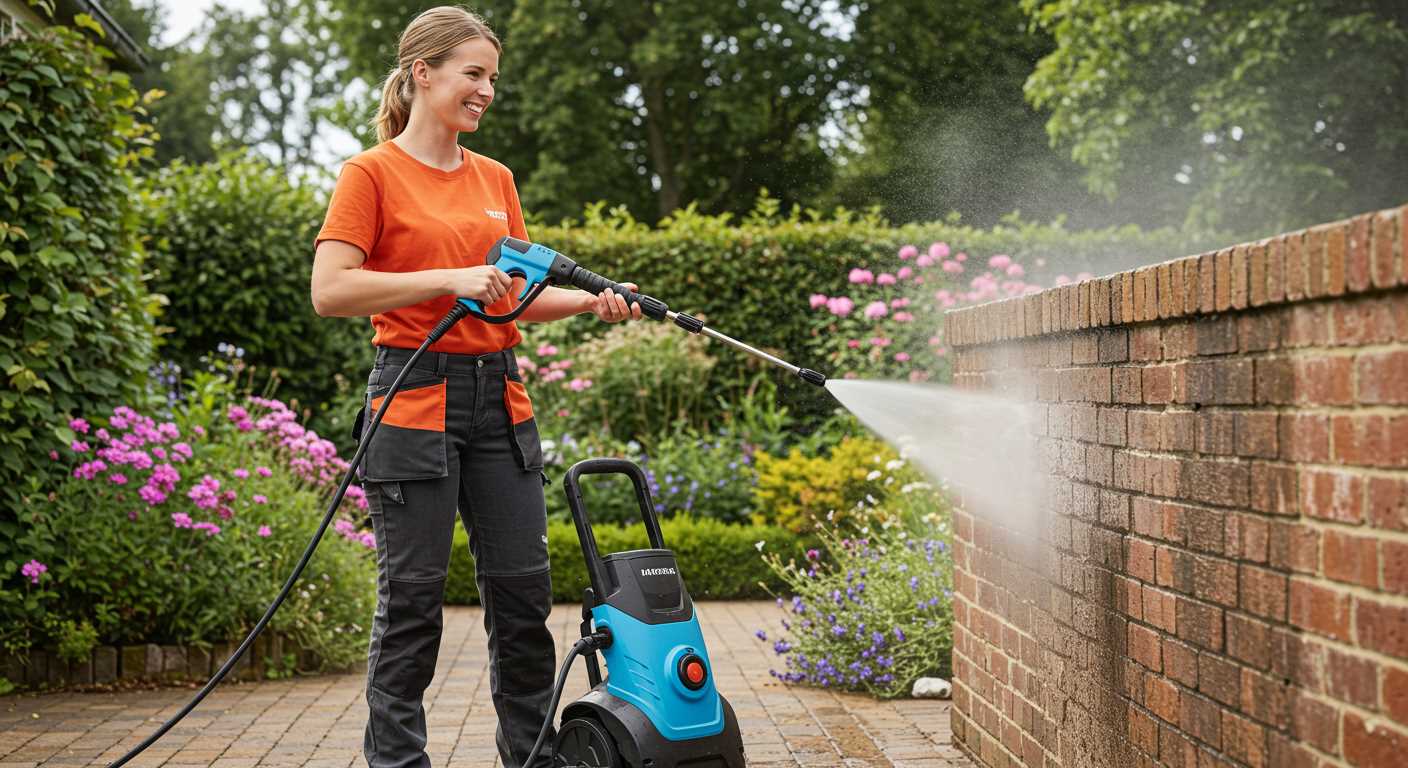
- Avoid using rough towels that may scratch the paint; opt for microfiber cloths for drying.
- Do not air dry the vehicle, as water spots may form; always dry manually after washing.
Always follow manufacturer guidelines and test on a small, inconspicuous area if unsure about any technique. These precautions will ensure effective cleaning while preserving the vehicle’s integrity.
Post-Wash Care: What to Do After Pressure Washing
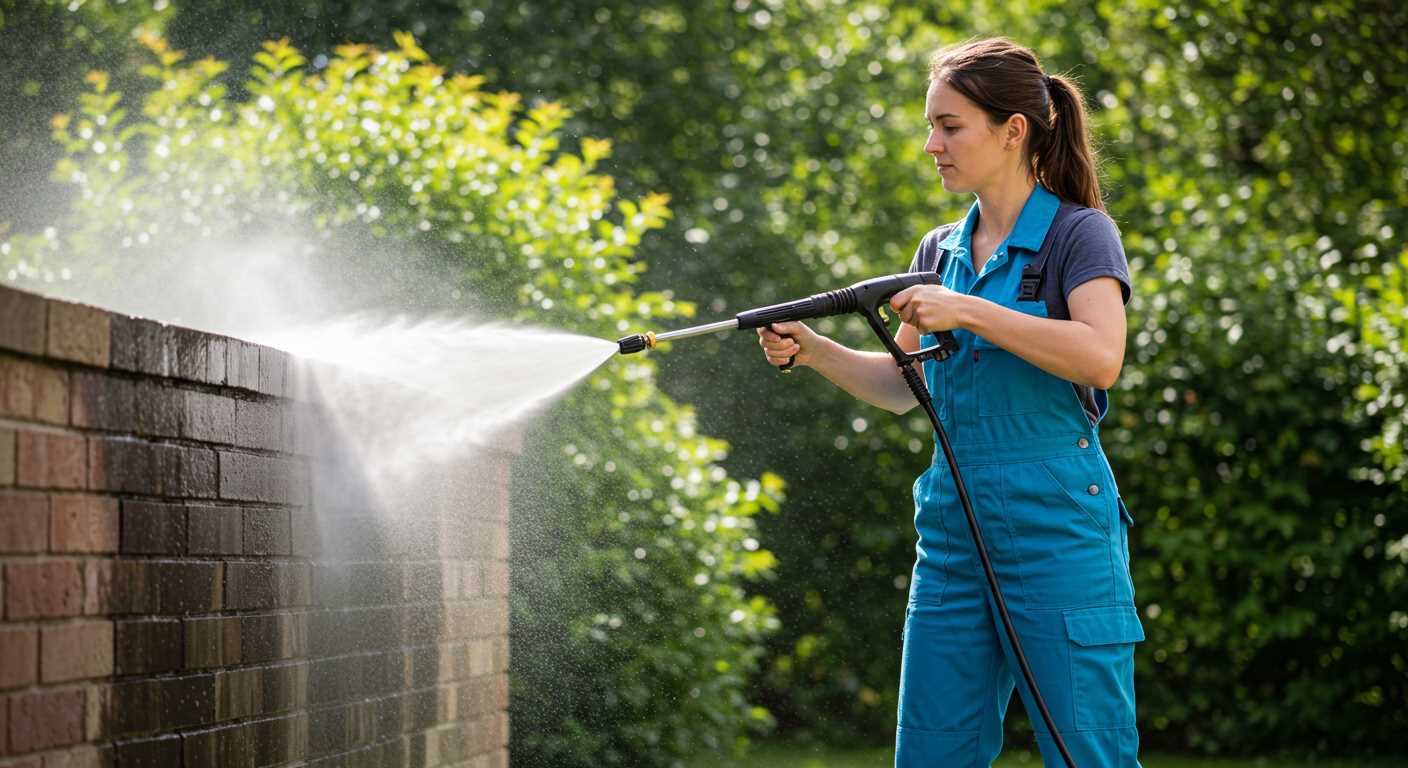
Immediately after rinsing, dry the vehicle with a soft microfiber towel to avoid water spots. Ensure all areas are covered, paying special attention to corners and crevices where moisture may linger.
Once dried, apply a high-quality wax or sealant. This step protects paintwork and enhances shine, preventing dirt from sticking more easily in future cleanings. A polymer sealant can add a layer of protection against environmental elements.
Inspect for any signs of damage or scratches. Quickly addressing these issues can prevent rust and further deterioration. Use touch-up paint for minor scratches, ensuring it blends with the original colour.
Clean the glass surfaces with a dedicated automotive glass cleaner to maintain visibility and clarity. Use a microfiber cloth for a streak-free finish.
Don’t forget to clean the wheels and wheel arches. Road grime can accumulate here, so a dedicated wheel cleaner can help break down tough residue. After scrubbing, rinse thoroughly to remove all cleaning agents.
Regular maintenance checks on tyre pressure and tread depth are advisable, ensuring safety and performance. After a thorough clean, evaluate the overall condition of the tires and consider applying a tyre dressing for added protection.
Lastly, maintain a cleaning kit in your garage, equipped with microfiber cloths, wax, and specialised cleaners, to ensure easy access for future upkeep. Staying consistent with these tasks can prolong the lifespan of the vehicle’s exterior, keeping it looking great.
FAQ:
Is it safe to use a pressure washer on my car?
Using a pressure washer on your car can be safe if you follow certain guidelines. It is important to use a low-pressure setting, ideally around 1200 to 1900 PSI, to avoid damaging the paint or components. Additionally, you should maintain a distance of at least two feet from the surface of the car when spraying. Keep the nozzle at an angle to prevent water from getting into electrical connections or under seals. Ensure that you use a soap or detergent designed for vehicles, as regular cleaning products may be too harsh.
What are the benefits of using a pressure washer instead of hand washing my car?
There are several advantages to using a pressure washer for cleaning your car compared to traditional hand washing. Firstly, pressure washing can save time, as it covers larger areas quickly and helps remove dirt and grime more effectively. Secondly, it can reach hard-to-access areas, such as under wheel arches and around the undercarriage, where dirt accumulates. Additionally, pressure washing can provide a more thorough clean, especially for tough stains. However, it is crucial to use the right settings and techniques to protect the car’s finish during the process.

